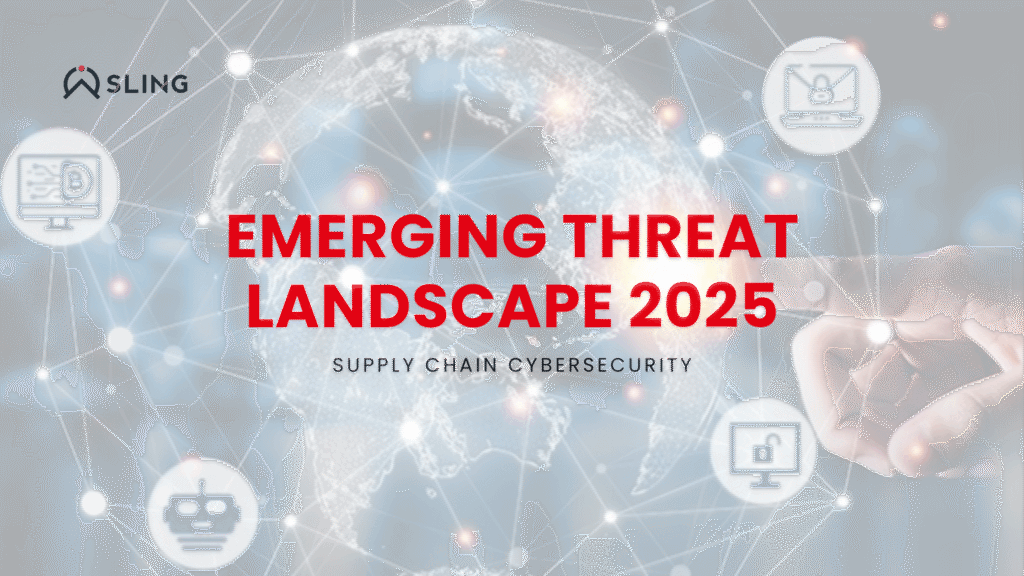Supply chain cybersecurity has emerged as the foremost ecosystem risk facing organizations in 2025. Amid increasing complexity, opacity of vendor environments, and growing geopolitical tensions, managing third-party and software dependencies is now central to enterprise cyber resilience strategies
1. The Emerging Threat Landscape
1.1 Limited Visibility into the Software Supply Chain
Only 23–40% of organizations report strong visibility into their software supply chains. Those with low visibility experience breach rates of up to 80% (IT Pro, 2025).
1.2 Rising Software Supply Chain Attacks
Software supply chain threats—such as malicious open-source dependencies and tampered CI/CD pipelines—now account for 45% of all such attacks. The cost of these incidents is approximately 40% higher than traditional internal breaches (Jusda Global, 2025).
2. Concentration of Risk in Third-Party Providers
A small group of third-party vendors supports a vast portion of global critical infrastructure. Breaches at these chokepoints can trigger cascading disruptions across multiple sectors. Notably, third-party involvement in breaches has nearly doubled, now comprising about 30% of all cyber incidents. Furthermore, 88% of CISOs rank supply chain risk among their top concerns (IT Pro, 2025).
3. Geopolitical Threats Targeting Supply Chains
State-sponsored cyber campaigns are increasingly targeting supply chains. Recent incidents include China-linked groups attacking Taiwan’s semiconductor industry and logistics providers supporting Ukraine. These attacks often use spear-phishing and remote access malware to infiltrate supplier networks (Reuters, 2024).
4. AI-Enhanced Attack Methods
Malicious actors are leveraging generative AI to craft deepfake phishing content, automate malware, and create hyper-realistic social engineering campaigns targeting vendors and procurement channels.
5. Key Trends in Supply Chain Risk Management (2025)
5.1 Shift to Continuous, Real-Time Monitoring
Organizations are replacing static vendor assessments with continuous monitoring solutions. These platforms enable real-time evaluation of supplier vulnerabilities and anomalies. Today, 77% of organizations use automated third-party exposure monitoring, and 60% utilize third-party risk management software (Help Net Security, 2025).
5.2 SBOMs as Operational Assets
Software Bills of Materials (SBOMs) are evolving from compliance checkboxes to operational tools. SBOMs now enable rapid identification of affected components during zero-day vulnerabilities and supply chain compromises. Regulatory mandates, such as the EU Cyber Resilience Act, U.S. federal orders, and NIS2/DORA, are accelerating SBOM adoption (Help Net Security, 2025).
5.3 Extending Zero-Trust to Vendors
Organizations are enforcing Zero Trust Architectures (ZTA) across third-party systems. Identity verification, device posture evaluation, and behavioral access controls are being applied beyond internal boundaries.
5.4 AI-Driven Defense and Automation
AI-powered defenses are gaining traction through solutions such as XDR, predictive analytics, and automated containment. These tools allow real-time threat modeling and decision-making at scale.
5.5 Regulatory Pressure Intensifies
Regulatory frameworks—including the EU’s Cyber Resilience Act (effective 2027), NIS2, and DORA—now mandate stricter requirements for third-party security, 24-hour breach reporting, and long-term documentation retention. However, 76% of CISOs cite regulatory fragmentation across jurisdictions as a top governance challenge (World Economic Forum, 2025).
6. Strategic Recommendations for 2025
6.1 Integrate Cyber Risk into Enterprise GRC
Supply chain cybersecurity must be embedded in enterprise risk management frameworks. This includes aligning legal, executive, risk, and IT teams around vendor policies, SBOM practices, and strategic risk reporting.
6.2 Invest in Continuous Exposure Management (CEM)
Deploy CEM platforms that simulate attack paths, prioritize remediation, and continuously monitor exposures across third-party ecosystems—including cloud environments, firmware, and software components.
6.3 Mandate SBOMs and Secure DevSecOps
Require all vendors to produce signed software builds, perform automated dependency scans, and deliver verified SBOMs for each product release.
6.4 Adopt Zero-Trust Access for Vendors
Implement segmentation, least-privilege policies, and posture-based access controls for all third-party interactions. Integrate vendor systems into your zero-trust framework.
6.5 Leverage AI and Automation at Scale
Use AI-enhanced threat detection for faster decision-making. Automate patching, credential lifecycle management, anomaly detection, and incident containment.
6.6 Enhance Supply Chain Visibility
Utilize IoT telemetry, third-party risk rating platforms, and real-time threat intelligence to improve supplier transparency. Combine these with automated asset discovery and security monitoring to detect hidden exposures.
6.7 Prepare for Compliance Obligations
Stay ahead of evolving mandates from NIS2, DORA, the EU Cyber Resilience Act, and national laws like the UK’s Cyber Security and Resilience Bill. Build internal capabilities for rapid reporting and long-term documentation.



